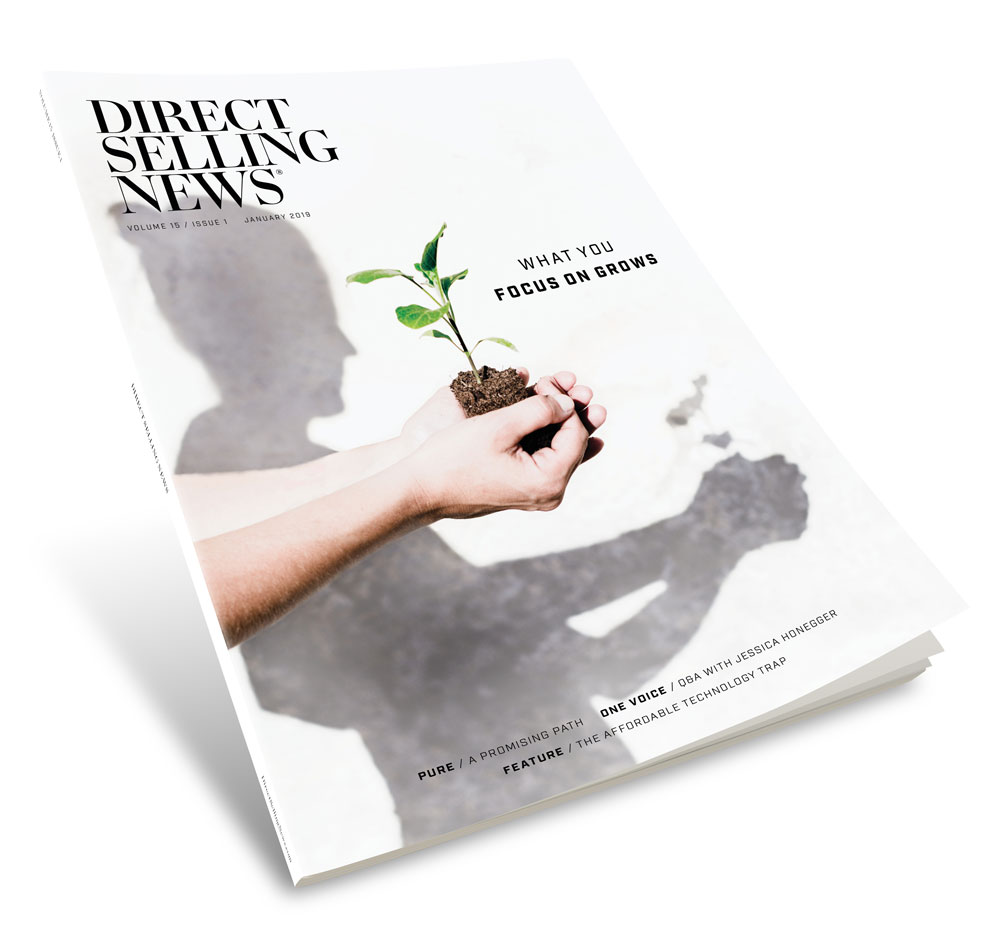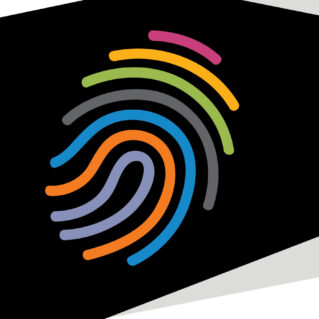Low cost and fancy filters and features fool us into thinking everyone’s a professional designer.
You’ve spent serious money for quality research and production teams. You’re sparing no expense to hire the best minds for your executive team. You pay big dollars for technology expertise. But your intern is shooting video at your national conference and photographing your top team members with her iPhone?
We get it. Creative talent isn’t cheap, and as technology becomes more sophisticated and more affordable, it’s tempting to cut marketing corners. But while your intern may know how to use “portrait” mode on her cell phone, does she know when or if she should use it?
Skimping Leads to Inconsistency in Your Brand
“You can’t replace artistry with technical competency,” says Noah Westerlund, Senior Vice President of Business Development for Success Partners. And therein lies the difference between pros and amateurs: Professionals shape and tell a brand story with their tools. Amateurs let the tools shape and tell the stories for them. “This business is driven by storytelling and enabling your distributors to tell stories effectively. Why would you skimp on the story?” says Westerlund.
Studies show that 90% of all consumers expect their brand experience to be consistent across all platforms and devices. Building on that, 71% of users who have a positive social experience with a brand will share that experience and recommend the brand to others.
The lesson learned? Your visual brand is the face of your company to customers, distributors and prospects. It’s too important to leave in untrained hands.
Creativity on a Budget
Money, especially for startups, is tight. So how do you get the high-quality images, video and graphics you need for a clear, polished visual brand without breaking the bank?
Don’t try to create it all at once, Westerlund advises. “Decide on a few key components and do those things really well rather than do five or six things in a mediocre way.” It will cost more than pennies. A startup should expect to spend between $25,000 and $50,000 for basic deliverables, like a website and one or two product videos, he says. But the photographs on your brochures and video on your website and social pages are the first impression you won’t have a second chance to make, experts say. Don’t waste the opportunity.
“The quality of photography will directly influence the perceived value of your product,” says Annette Ferraro, a professional commercial photographer in Columbus, Ohio, and owner of Annette Ferraro Photography. “If a consumer or client isn’t immediately sold on an image he or she will not engage with your content and will simply move on.”
Westerlund agrees. “When poor design is at its most egregious, the prospect is going to look at it and say, ‘This is not something I have faith in.’” There are even long-term consequences to not investing in quality brand creative, Westerlund says. “I’ve seen so many startups make that mistake. And when you start out cheap you’re fighting that uphill battle for years to come.” Because eventually you’ll want to rebrand but people will be loyal to the original one “even if it was amateurish boring” and the change will be painful.
Creative Licenses
If you can’t afford a high-end designer or a whole design team, at least invest in a solid brand style guide, Westerlund says. “Then you can hire kids out of design school to execute on that style guide.”
Outsourcing also is a great way to get strong creative content without the payroll expense of top talent. That’s the path Roger Morgan chose from day one in 2014 when he founded pawTree, a Southlake, Texas-based pet product direct selling company.
As a past CEO of a multinational pet products company, Morgan understood the value of high-quality visual content—“especially at the beginning when you’re not a known brand.” Prospective salespeople and customers are not going to take a chance on a company or product if the brand doesn’t look reputable or high-quality, he says.
But as a start-up—and even now—PawTree couldn’t afford to hire the expertise it needed full time. So it has one in-house marketing director who manages teams of freelance creatives who handle everything from product photography to video production to logo design. And the company doesn’t always need a stable of designers, either. “Outsourcing gives us the ability to flex up and down with the resources,” Morgan says.
It’s an Investment in Your Brand
There are situations in which taking the amateur path makes sense, especially on the social networking front, says Ferraro, who has many small-brand clients whose visual brand strategies thrive on a mixture of professional photos and cell phone captures. Because their customers want to know as much about the owners as people as they do about the company’s products—and they want that information in real time—a bit of leeway in brand consistency and polished images for every post is okay. These small brands are still deliberate about their branding choices, and they still use professional images to showcase their final products in ads and on their websites.
“Investing in a professional may seem expensive,” Ferraro says, “but it will boost your brand, save you money and time, eliminate frustrations, and positively impact sales.”
3 Reasons to Outsource to the Pros
Because cameras and design software have become more feature-heavy in addition to user friendly, they have made it easier for the average person to produce decent pictures as well as graphics. While the differences between professional and nonprofessional work are sometimes subtle, they’re important.
Annette Ferraro, a professional commercial photographer, points to three technical advantages that professional photographers and videographers bring:
- Proper lighting. “How are you supposed to effectively communicate the message of your brand if your customer can’t even see what you’re selling?” she asks. Lighting mistakes are easy for non-pros to make, she adds, because they haven’t spent years mastering the concept of light.
- Post-production expertise. The default image setting on phone cameras and most DSLR cameras is JPEG—basically a photo file for dummies, automatically correcting exposure and color, for example, and finalizing the photo. But if the subject is not well-lit to begin with, for example, there’s only so much the auto-correct process can do. And even if an amateur knew how to set the camera to take correctable RAW images (the digital equivalent of a film negative), chances are he wouldn’t have the photo editing tools or skills to make those images suitable for publication—and for your brand.
- A new perspective. Professionals can see your products and people in a way you may never have looked at them before. They can position and frame them to emphasize their best qualities.



